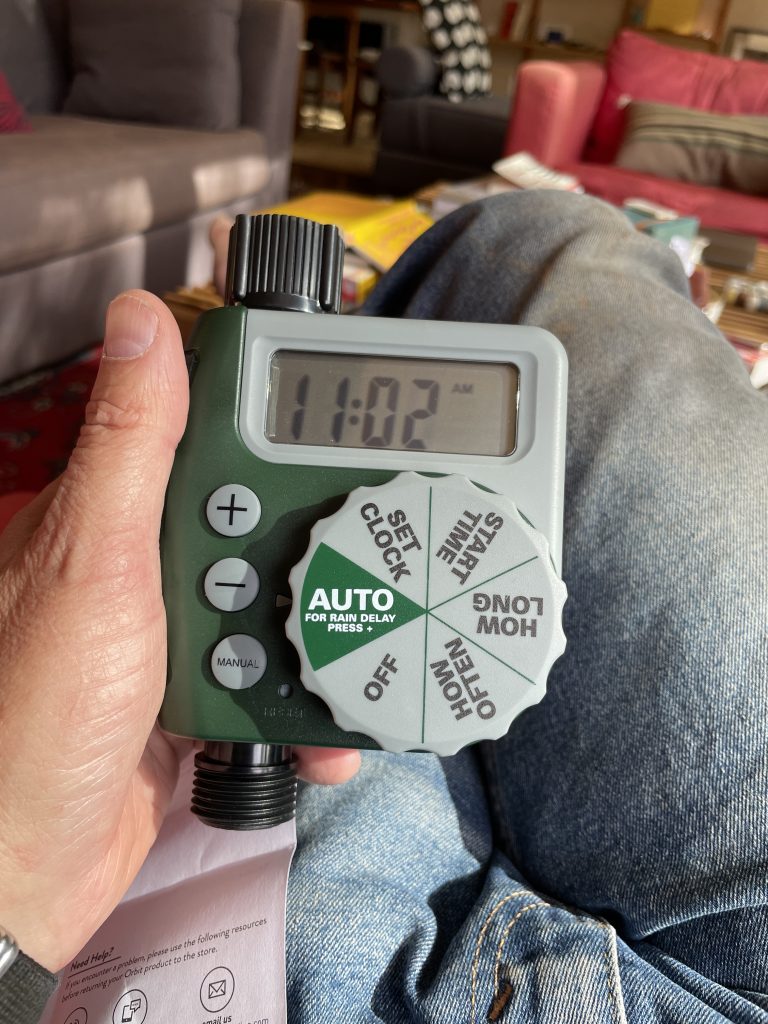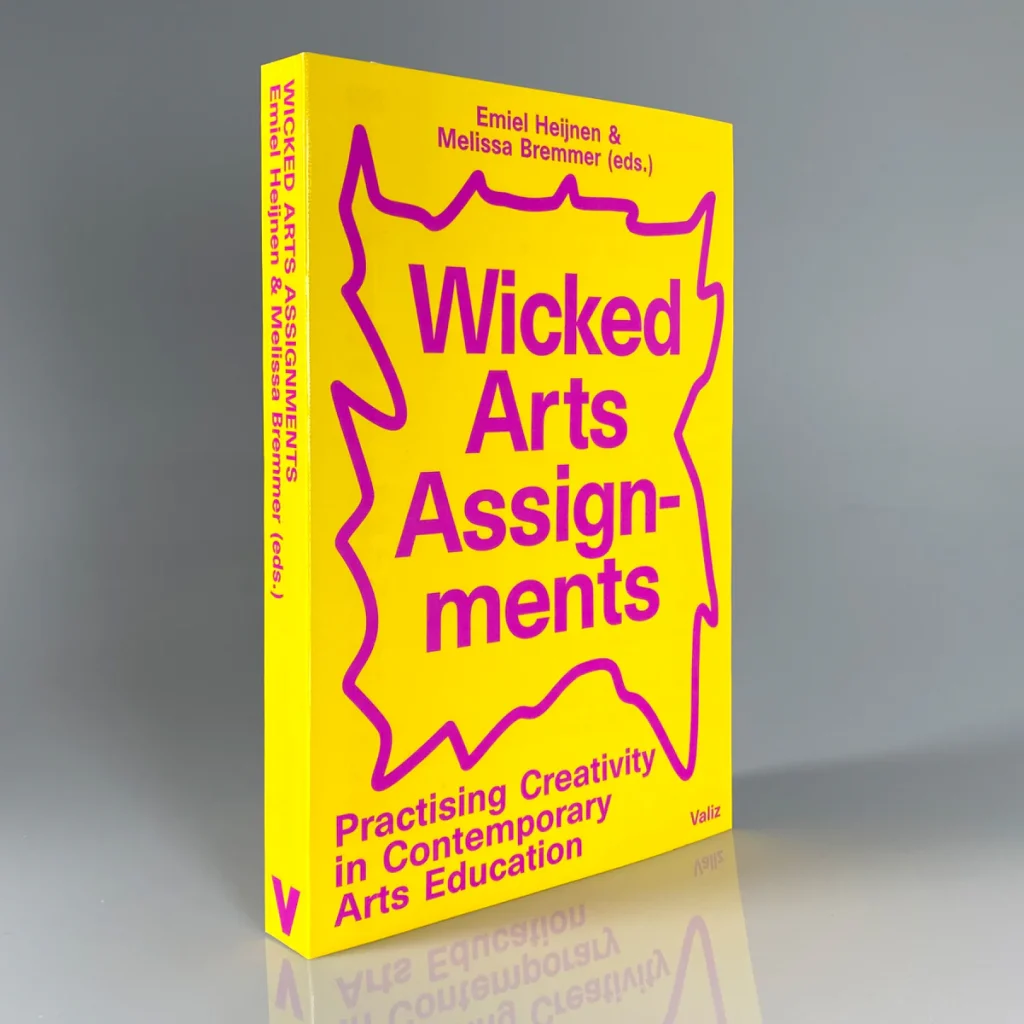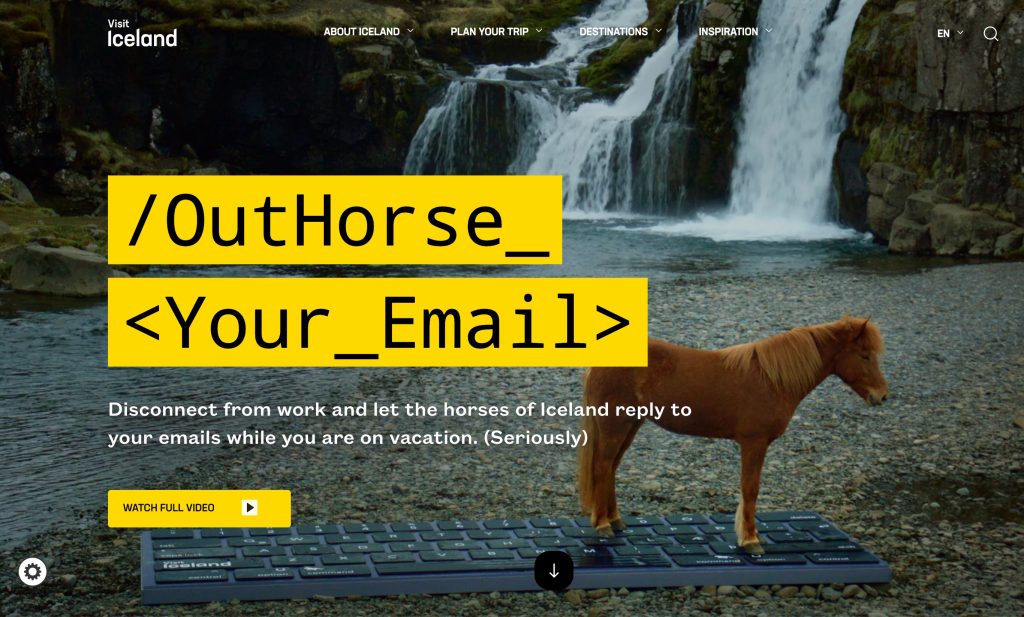
We’re about to wrap a banner ad project for a client. I’m really happy with the work and am looking forward to showing you soon. Meanwhile, here’s a peek into an aspect of the Rassak creative process– it’s one reason I believe the banner ads we produce tend to have far higher click-through rates than are typical.

When we do banner ads they tend to perform better on key metrics than is typical. The ads we ship are (usually) tracked vigorously in the real world — for both click-through and conversion rates– so we know for a fact how they do comparatively. If the client allows, when I am able to show the work, I will also give some performance stats. BTW, quick definitions for you: click-through rate is the percentage of people who clicked the ad (out of those who saw it); conversion rate is the percentage of people who did the hoped-for action in the ad (eg sign up for a something).
The process: we design in context. Most people I know design banner ads out-of-context. In other words, the designer has her or his program open (likely it’s Photoshop) and the only thing open on the screen is that banner ad. Naturally, the designer’s eye focuses on the ad and, by default, only on the ad. So it’s easy for the designer to imagine the ad “pops” off the page more than it it really would on any given webpage/mobile site/app where it will ultimately appear.
The reality is that when people view ads on the web (or on a mobile phone or wherever they happen to be) they are rarely (if ever!!!!) only looking at the ad. They are not thinking about its design. They are not in love with it. They are not focused on whether the vertical spacing is two pixels off or the color one shade too red. In fact, odds are they are simply not seeing it.
Their experience is, in fact, almost the exact opposite of the designer’s experience. The ad is the designer’s baby — his or her’s one and only. It’s one of 8,000,000 options for the viewer.
So our process is simple. We take a screenshot of a typical page where the ad we are making will show up. Then we cut out the the place where the banner will show — and we design in that box. That’s the context real people will see the ad in, so that’s the context we design in. This way we are more likely to make an ad that pops out — in context — when there is so much competing for our viewers’ attention. And when we critique the ad, we try to make sure we’re about as distracted as a typical viewer might be. We also squint sometimes too to blur the page out and still see if the ad calls out to us — that’s an odd but useful proxy for the ultimate user experience.
That’s it. Give it a try yourself. Or give us a call :- )


